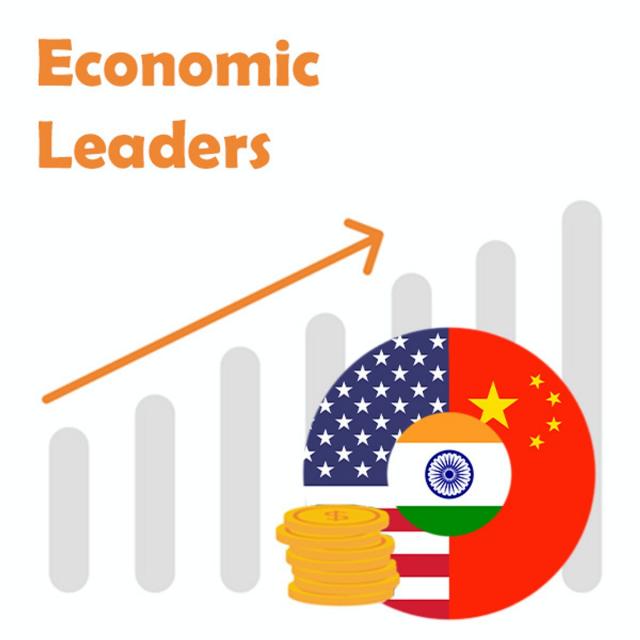MOOC List is learner-supported. When you buy through links on our site, we may earn an affiliate commission.

MOOC List is learner-supported. When you buy through links on our site, we may earn an affiliate commission.
The first module is devoted to northern American economies, those are of course United States and Canada. When we speak about Mexico, for example, we're going to speak about Latin American countries, and you will understand why a little further. I will try to explain to you why the principal proof of the United States power is its human capital. And I will point out the Canadian basic economic benefits. Moreover, of course, we will speak about the USMCA integration. The second module is devoted to Asian countries, and we will speak about china and India in particular. They are the most populated countries not only in the Asian region but in the whole world. That is why we need to understand them properly. And the third module is devoted to Asian tigers and Asian tiger cubs, which are actually the most promising economies in the whole world. And who will win in that battle we will understand after studying of this course.
Course 2 of 3 in the Economic systems in different countries of the world Specialization.
What You Will Learn
- Compare the economic indicators of developed and developing economies.
- Interpret the pros and cons of doing business with partners fron developed and developing economies.
- Choose the most promising industries for doing business and trade in different economies.
Syllabus
WEEK 1
General Information
Welcome to the second course of the specialty «Economic systems and doing business in different countries of the world». The course current and future leaders is actually divided into two parts. The first one concerns the North American countries, the second concerns Asian and the third one concerns the new leaders of the world.
This course includes three modules, where you will be able to study in detail developed economies of North American. In the first part of the course, we will consider geoeconomically drivers, will speak about of human capital and foreign trade and capital flows of US economy. Of course, we will also consider peculiarities of the Canadian economy and conclude with a look at the USMCA integration. The second module is devoted to Asian countries, and we will speak about China and India in particular. They are the most populated countries not only in the Asian region but in the whole world. And the last part of the course we will study of flying geese paradigm or pattern of development and find out what the economic miracle of «Asian Tigers» and «Tiger cubs». At the end of each module topic, you will have the opportunity to test your knowledge by answering test questions. And after each module your knowledge will be assessed by a test on all materials of the studied module. You will also need to complete practical assignments, which will allow you to apply in practice all that you have learned in our course. So join of the course!
WEEK 2
Module 1. North American developed economies
This module focuses on the economies of North America, that is, of course, the United States and Canada. You will understand why the main proof of the power of the United States it is human capital. You will have an in-depth look at Canada's main economic strengths. At the end of the module, we will talk about the integration of the USMCA: intra-regional trade of Northern America.
WEEK 3
Module 2. Most promising E7 economies – China and India
This module focuses on the most promising E7 economies – China and India. And since these countries are the most populous in the world, you need to understand them correctly. At the beginning, we look at economic definitions of Chinese economy and consider the Belt and Road Initiative by China. In the second part of the module, you will be able to find out what has become drivers of economic boom in India. In conclusion, we will review the demographic peculiarities of most populated countries in the world.
WEEK 4
Module 3. Asian geese, tigers and tiger cubs
In the first part of this module, we will focus on flying geese paradigm, originally developed by Kaname Akamatsu, the Japanese economist, a contemporary of Nikolay Kondratieff, the author of long cycles theory. In this module you will also learn about «Asian tigers» and «Asian tiger cubs», which are actually the most promising economies in the whole world. And who will win in that battle we will understand after studying of this module.
WEEK 5
Final control of the course 2 of specialization
MOOC List is learner-supported. When you buy through links on our site, we may earn an affiliate commission.
MOOC List is learner-supported. When you buy through links on our site, we may earn an affiliate commission.
